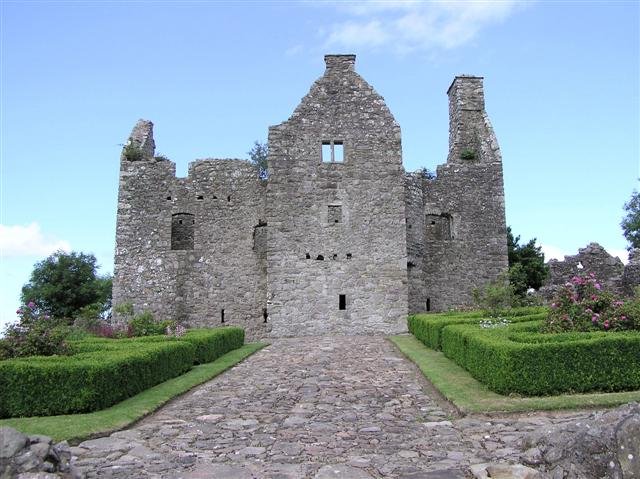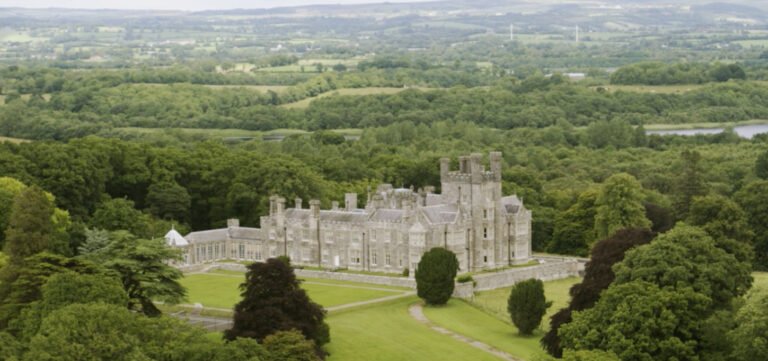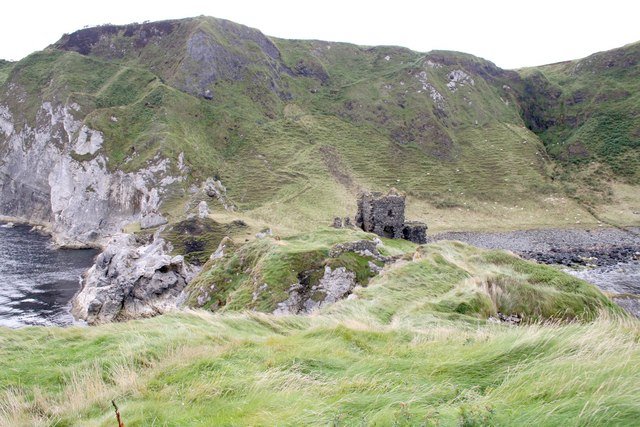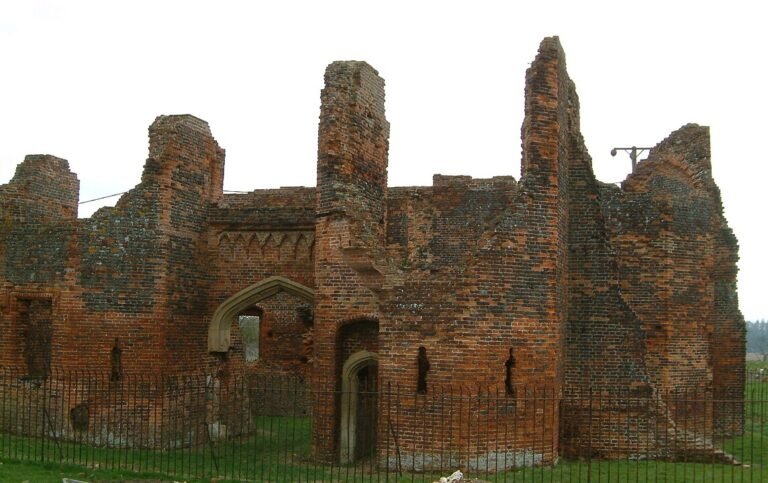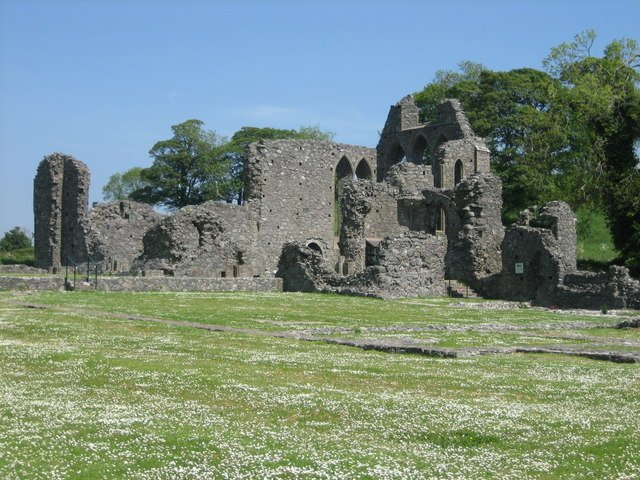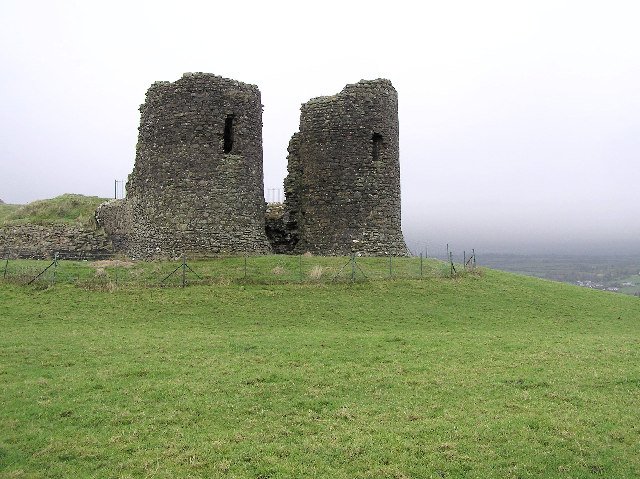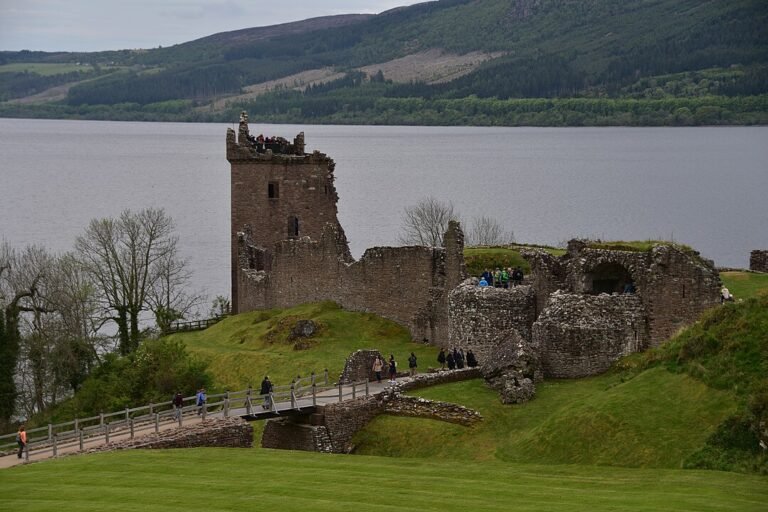Tully Castle: A Complete Visitor’s Guide
Tully Castle, overlooking Lower Lough Erne in County Fermanagh, Northern Ireland, is one of the most atmospheric historic ruins in the region. Built during the early 17th century, the castle carries the scars of conflict, rebellion, and tragedy, making it an essential stop for history lovers, families seeking educational trips, and travellers exploring the wider Fermanagh Lakelands.
This guide will take you through Tully Castle’s history, practical visitor tips, nearby attractions, suggested itineraries, and how it connects to the broader story of castles and heritage tourism across the UK.
History of Tully Castle
Tully Castle was built around 1615 by Sir John Hume, a Scottish planter who arrived in Ulster as part of the Plantation of Fermanagh. The Plantation was a scheme organised by King James I to settle loyal Scottish and English families on confiscated Irish land.
The fortified house was designed in the Scottish baronial style, with defensive walls, a bawn (fortified courtyard), and strong stone construction. Unlike medieval castles, it reflected a period of transition, part residence, part fortification.
Its most infamous moment came during the Irish Rebellion of 1641. On Christmas Eve, Rory Maguire and his forces attacked Tully Castle. Around 60 women and children sheltering inside were massacred, and the castle was set ablaze. It was never reoccupied and today remains a haunting but beautiful ruin, preserved as a reminder of Ulster’s turbulent past.
Why Tully Castle Captivates Visitors
Tully Castle stands out for its location, perched above Lough Erne with sweeping lake views. Its ruined state, combined with interpretive panels, brings its history vividly to life.
Unlike larger, more restored sites, Tully Castle offers an uncommercialised, reflective atmosphere. Families can explore the ruins and grounds at leisure, couples can enjoy quiet walks by the lake, and solo travellers often find the site’s solitude striking.
Key Facts at a Glance
- Location: Blaney, County Fermanagh, Northern Ireland
- Built: Circa 1615 by Sir John Hume
- Historical Significance: Site of the 1641 massacre during the Irish Rebellion
- Managed by: Northern Ireland Environment Agency
- Entry: Free access (open daily)
- Accessibility: Gravel paths, uneven terrain in castle ruins, but the grounds are mostly accessible
- Facilities: Small visitor centre, car park, picnic area, interpretive displays
Planning Your Visit
Getting There
- By Car: Tully Castle is 10 minutes from Derrygonnelly and around 20 minutes from Enniskillen. Well-signposted from the A46 scenic route along Lower Lough Erne.
- By Public Transport: Limited options, bus services to Derrygonnelly run from Enniskillen, but taxis or private cars are recommended.
- Parking: Free car park at the visitor centre.
Opening Times
- Open daily year-round, typically from dawn until dusk. The visitor centre may have seasonal hours; check NI Environment Agency updates before visiting.
Family-Friendliness
- Grounds are suitable for children to explore, with space for picnics. Interpretive displays help bring history to life.
- The massacre story may be sensitive for very young children.
Best Time to Visit
- Spring/Summer: Green landscapes, perfect for lake walks and picnics.
- Autumn: Vibrant colours across the Fermanagh Lakelands.
- Winter: Atmospheric mist often rolls across Lough Erne, heightening the sense of history.
Suggested Itineraries
1. One-Day Fermanagh Lakelands Explorer
- Morning: Begin at Enniskillen Castle for an overview of local history.
- Midday: Drive to Tully Castle (20 mins). Explore ruins and enjoy lakeside views (1–2 hours).
- Afternoon: Continue west to Boa Island and visit the ancient Janus Stone, a pagan carving.
- Evening: Return to Enniskillen for dinner along the River Erne.
2. Two-Day Heritage & Nature Break
Day 1:
- Visit Tully Castle in the morning.
- Afternoon boat tour on Lower Lough Erne.
- Stay overnight in Enniskillen.
Day 2:
- Visit Florence Court House, an 18th-century estate.
- Explore Marble Arch Caves UNESCO Global Geopark, combining geology with history.
- Finish with dinner in Belcoo or Blacklion before returning.
Where to Eat Nearby
- Blaney Bar & Restaurant: Just a short drive, traditional Irish fare with lake views.
- The Firehouse, Enniskillen: Casual dining, great for families.
- 28 at The Hollow, Enniskillen: More refined, ideal for couples.
Where to Stay
- Budget: The Bridges Hostel, Enniskillen.
- Mid-Range: Belmore Court & Motel, convenient and family-friendly.
- Boutique: Lough Erne Resort, luxury spa hotel overlooking the lake – perfect for couples.
Seasonal Events & Special Experiences
- Summer: Heritage open days often include free guided tours.
- Halloween: Occasional themed events at Enniskillen Castle tie in with wider regional history.
- Winter: The quiet, reflective setting of Tully Castle makes it a powerful off-season stop.
Tully Castle in the Wider UK Castle Story
Tully Castle belongs to the Plantation-era narrative unique to Ulster but connects to the broader UK fascination with castles. While Eilean Donan in Scotland and Warwick Castle in England evoke romance and grandeur, Tully tells a more sombre story of colonisation and conflict.
It pairs well with other Irish sites:
- Enniskillen Castle (County Fermanagh)
- Donegal Castle (County Donegal)
- Dunluce Castle (County Antrim, dramatic cliffside ruin)
Together, these sites illustrate how castles across the UK and Ireland were not just fortresses but flashpoints in the struggles that shaped the islands.
FAQs about Tully Castle
Where is Tully Castle?
Tully Castle is a 17th-century fortified house and bawn located on Tully Point, overlooking Lower Lough Erne in County Fermanagh, Northern Ireland. It’s a short drive from the village of Blaney and close to Derrygonnelly.
Why is Tully Castle historically significant?
Built for Scottish settler Sir John Hume, Tully Castle was a focal point during the Irish Rebellion of 1641. On Christmas Eve that year, Rory Maguire’s forces captured the castle. Despite Lady Mary Hume’s surrender, over 70 people were massacred, and the castle was burned. The Hume family never returned.
Is there an admission fee?
No. Entry to the castle and grounds is free.
What are the opening hours?
Grounds: Open year-round, daylight hours.
Visitor Centre: Open Wednesday–Sunday, 10 am–5 pm (July to mid-September), with last entry at 4:30 pm.
What facilities are on site?
Visitors will find free parking (cars and coaches), a restored farmhouse with an exhibition, toilets, a picnic area, a boat jetty, and the scenic Tully Castle Walk, a 1-mile lakeside trail.
Is the Tully Castle Walk accessible?
The trail is graded as easy but is not wheelchair accessible. Dogs are welcome if kept on leads and waste is disposed of responsibly.
Can I bring a picnic?
Yes. Picnic areas are provided on-site, making it a popular stop for families and walkers.
Are there guided tours?
No regular guided tours are offered, but the visitor centre features displays about the Plantation of Ulster, the castle’s history, and the 1641 rebellion.
Final Thoughts
Tully Castle may not have the grandeur of restored fortresses, but its raw history, serene lakeside setting, and haunting ruins make it one of Northern Ireland’s most memorable heritage sites. Whether you’re tracing the story of the Ulster Plantation, enjoying a family picnic, or embarking on a wider tour of the Fermanagh Lakelands, Tully Castle offers an experience steeped in both tragedy and beauty.
